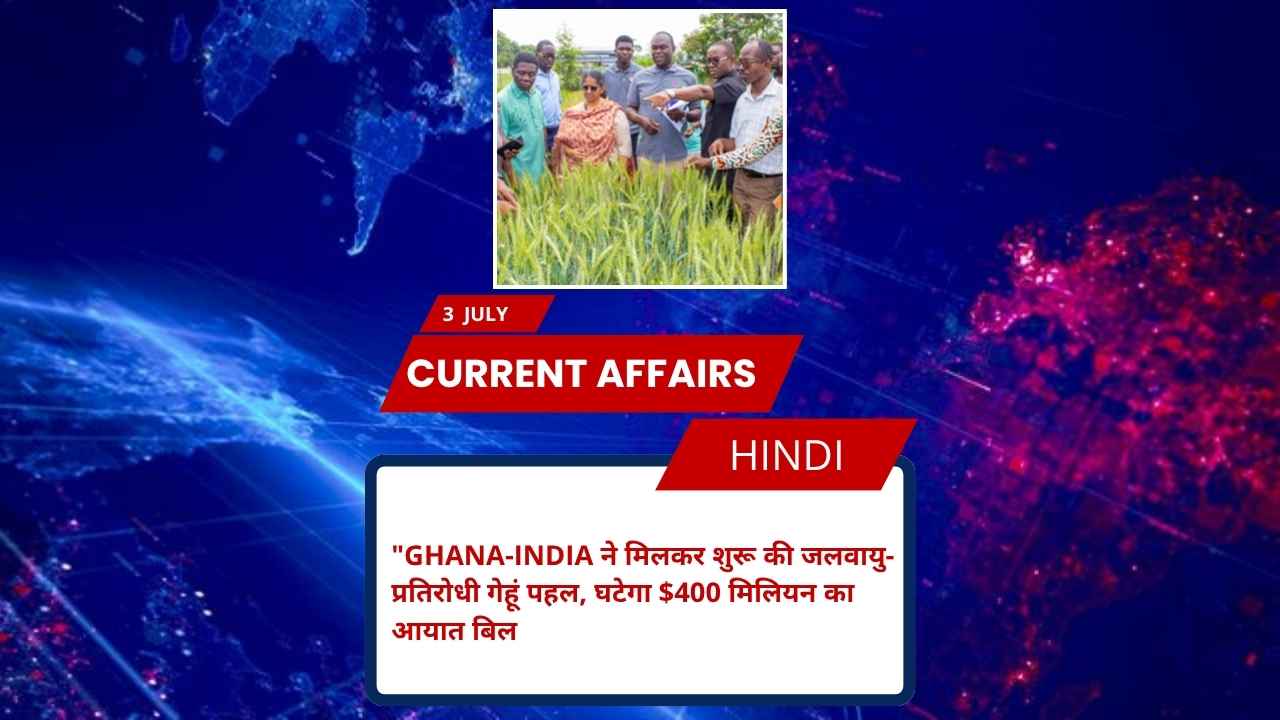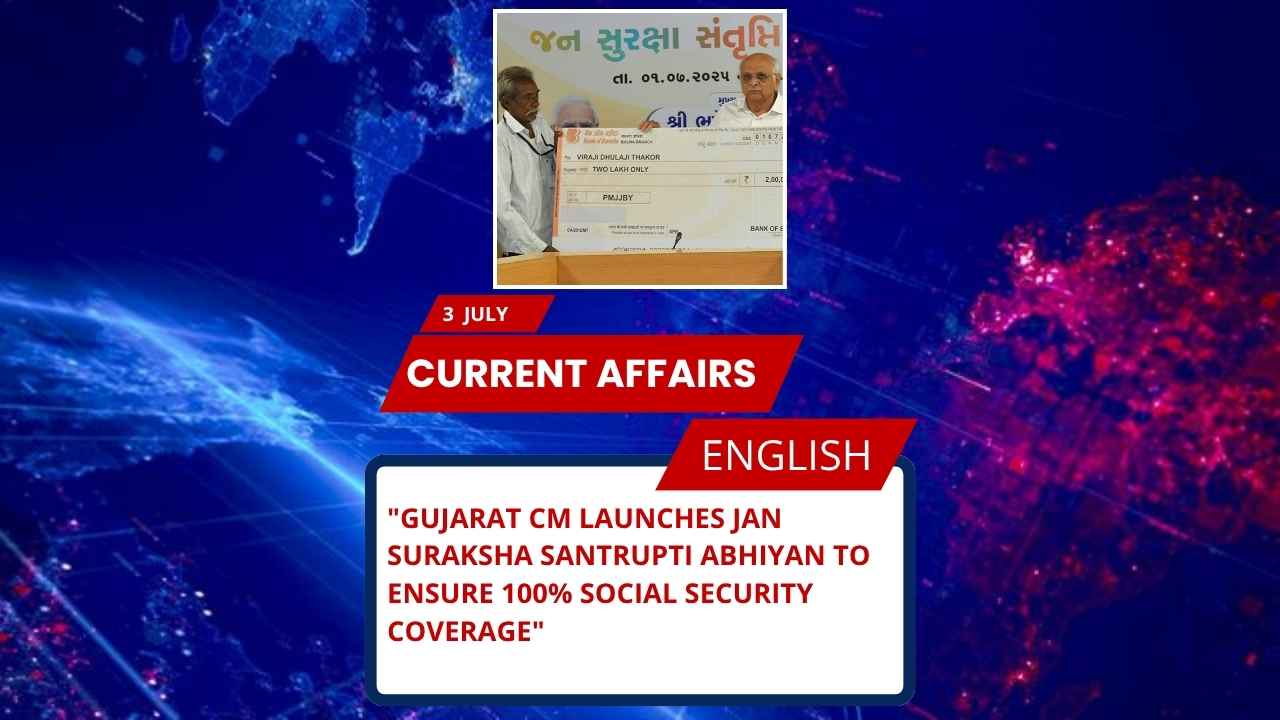
Key Points for SSC, UPSC & Other Govt Exams
- Study Name: India Intergenerational Bonds – INBO Report
- Conducted By: HelpAge India
- Occasion: World Elder Abuse Awareness Day (WEAAD) 2025
- Sample Size: 5789 respondents across 10 cities
- Major Finding: Non-metro cities show stronger intergenerational bonds
- Youth & Elder Interaction: Two-thirds of elders and 70% youth report daily interaction as key factor
- Cities Covered: Delhi, Mumbai, Kolkata, Kanpur, Nagpur, Ahmedabad, and others
- Released By: Paramjit Singh, Director, Punjab & Chandigarh, Mera Yuva Bharat
Detailed Explanation
Understanding Intergenerational Dynamics in India
A recent study titled India Intergenerational Bonds – INBO Report, conducted by HelpAge India, brings attention to the stronger bonds shared between the youth and elders in non-metro cities compared to metro cities. This significant research was unveiled to mark World Elder Abuse Awareness Day (WEAAD) 2025, underlining the role of traditional values and joint family systems.
Survey Highlights
The survey, conducted across 10 cities including Delhi, Mumbai, Kolkata, Kanpur, Nagpur, and Ahmedabad, covered 5789 respondents comprising both youth and elders.
- Daily Interaction: Around two-thirds of elders and 70% of youth attribute their strong bonds to daily interactions at home.
- Joint Family Impact: Stronger bonding is reported where joint family systems exist, emphasizing the importance of shared living spaces.
- Metro vs Non-Metro: Youth in non-metro cities exhibit higher levels of respect and attachment towards elders compared to their metro counterparts.
Key Findings of the INBO Report
- Proximity & Respect: Youth in non-metro areas display stronger respect, influenced by community-driven value systems.
- Challenges: Despite challenges, both age groups express optimism that bonds can be improved with more quality time together.
- Youth Concerns: Interestingly, youth also fear loneliness, isolation, poor health, and financial insecurity in old age, and show preference for multi-generational co-residence.
- A Call to Action: According to Bhavneshwar Sharma, State Head of Punjab & Chandigarh, HelpAge India, the report is both an affirmation and a wake-up call to strengthen these bonds further.
About the Organizations and States Mentioned
HelpAge India
- A leading charitable organization in India working for the cause and care of disadvantaged older persons.
Mera Yuva Bharat
- A government platform focused on youth development and engagement.
Punjab
- Capital: Chandigarh
- Chief Minister (2025): Bhagwant Mann
- Important National Parks: Abohar Wildlife Sanctuary, Harike Wetland
- Major Rivers: Sutlej, Beas
Chandigarh
- Status: Union Territory; also the capital of Punjab and Haryana
Exam-Style MCQs
Q1. Which organization conducted the India Intergenerational Bonds – INBO Report?
A) UNICEF
B) HelpAge India
C) WHO
D) Mera Yuva Bharat
Answer: B) HelpAge India
Q2. The INBO Report was launched on the occasion of?
A) World Health Day
B) World Elder Abuse Awareness Day
C) International Youth Day
D) World Social Justice Day
Answer: B) World Elder Abuse Awareness Day
Q3. Which city was NOT mentioned in the INBO study?
A) Delhi
B) Mumbai
C) Nagpur
D) Chennai
Answer: D) Chennai
Q4. Who released the report titled India Intergenerational Bonds – INBO Report?
A) Bhavneshwar Sharma
B) Paramjit Singh
C) Himanta Biswa Sarma
D) Rekha Gupta
Answer: B) Paramjit Singh
UPSC-Style FAQs (Answer in Mains Format)
Q1. What is the significance of the India Intergenerational Bonds – INBO Report by HelpAge India in the context of Indian society?
Answer:
The India Intergenerational Bonds – INBO Report by HelpAge India is significant as it provides empirical evidence of the stronger intergenerational ties in non-metro cities compared to metros. The report highlights that daily interactions, joint family systems, and traditional community values contribute to these bonds. It underlines the role of cultural frameworks in fostering respect and emotional support between generations, which is crucial in addressing elder neglect and promoting inclusive family structures. The findings also point towards evolving youth perceptions, indicating their concerns about old age, thereby making a strong case for policy initiatives that encourage multi-generational co-residence and shared living spaces to strengthen societal cohesion.
Q2. How can policy makers use the findings of the INBO Report to promote intergenerational harmony in India?
Answer:
Policy makers can leverage the insights from the INBO Report to design interventions that promote intergenerational harmony. This could include:
- Encouraging joint family structures through incentives in housing and taxation policies.
- Community programs that foster interaction between youth and elders, especially in urban settings where nuclear families are more common.
- Promoting value-based education to reinforce traditional respect for elders.
- Supporting elder-friendly infrastructure that allows co-residence without compromising individual privacy.
- Raising awareness through campaigns during occasions like World Elder Abuse Awareness Day to sensitize citizens about the importance of strong intergenerational ties.







